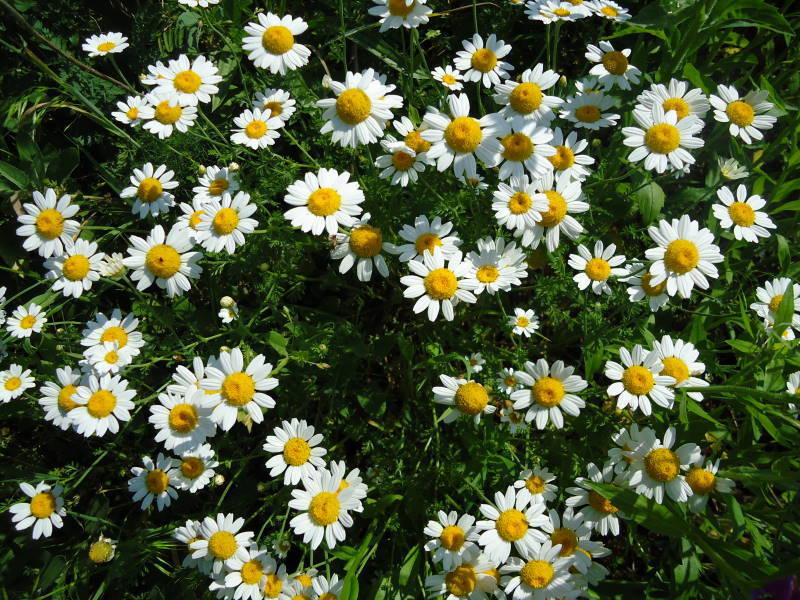Distribution and habitat
Pyrethrum was cultivated in Croatia from end 19th century to 1930s when it started decreasing. It was introduced to Kenya in 1928, near Nakuru (Chandler, 1948). It also grows in north west Australia, Tanzania, Rwanda, Ecuador, France and Chile.
Flowering and fruiting habits
Pyrethrum is a perennial herb, 30-100 cm high, with branched shoots terminating into white, daisy-like flower heads, densely arranged. Fruits are pale brown, round with 5-7 ridges, glabrous, with pyrethrum active ingredient born in the tiny oil glands of the achenes.
Uses other than pesticidal
The flowers have been shown to possess weak anti-biotic activity though it is not used medicinally.
Propagation and cultivation
Propagation by seeds by covering lightly in damp soil
Seed collection & Storage
Seeds are collected from the tightly packed flower heads.
Dry seeds are stored in dark, dry cool environment with paper bags.
Parts used
flowers
Preparation
Dry and grind
Chemicals are not easy to extract in water and is often extracted in kerosene
Uses
Can be used both pre and post-harvest
Target organisms
Against broad range of insects

